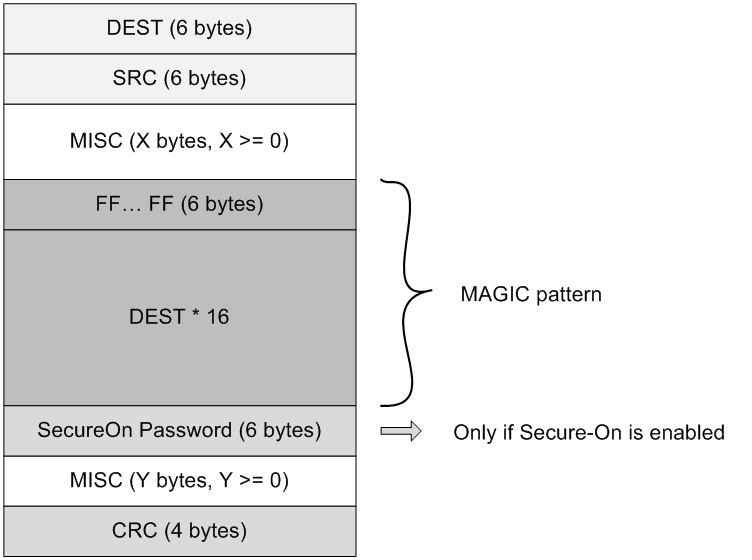ZHCSNO0B April 2021 – November 2021 DP83561-SP
PRODUCTION DATA
- 1 特性
- 2 应用
- 3 说明
- 4 Revision History
- 5 Pin Configuration and Functions
- 6 Specifications
-
7 Detailed Description
- 7.1 Overview
- 7.2 Functional Block Diagram
- 7.3
Feature Description
- 7.3.1 Copper Ethernet
- 7.3.2 MAC Interfaces
- 7.3.3
Auto-Negotiation
- 7.3.3.1 Speed and Duplex Selection - Priority Resolution
- 7.3.3.2 Master and Slave Resolution
- 7.3.3.3 Pause and Asymmetrical Pause Resolution
- 7.3.3.4 Next Page Support
- 7.3.3.5 Parallel Detection
- 7.3.3.6 Restart Auto-Negotiation
- 7.3.3.7 Enabling Auto-Negotiation Through Software
- 7.3.3.8 Auto-Negotiation Complete Time
- 7.3.3.9 Auto-MDIX Resolution
- 7.3.4 Speed Optimization
- 7.3.5 Radiation Performance
- 7.3.6 WoL (Wake-on-LAN) Packet Detection
- 7.3.7 Start of Frame Detect for IEEE 1588 Time Stamp
- 7.3.8 Cable Diagnostics
- 7.3.9 Clock Output
- 7.4 Device Functional Modes
- 7.5
Programming
- 7.5.1
Serial Management Interface
- 7.5.1.1
Extended Address Space Access
- 7.5.1.1.1 Write Address Operation
- 7.5.1.1.2 Read Address Operation
- 7.5.1.1.3 Write (No Post Increment) Operation
- 7.5.1.1.4 Read (No Post Increment) Operation
- 7.5.1.1.5 Write (Post Increment) Operation
- 7.5.1.1.6 Read (Post Increment) Operation
- 7.5.1.1.7 Example of Read Operation Using Indirect Register Access
- 7.5.1.1.8 Example of Write Operation Using Indirect Register Access
- 7.5.1.1
Extended Address Space Access
- 7.5.2 Interrupt
- 7.5.3 BIST Configuration
- 7.5.4 Strap Configuration
- 7.5.5 LED Configuration
- 7.5.6 LED Operation From 1.8-V I/O VDD Supply
- 7.5.7 Reset Operation
- 7.5.1
Serial Management Interface
- 7.6 Register Maps
- 8 Application and Implementation
- 9 Power Supply Recommendations
- 10Layout
- 11Device and Documentation Support
- 12Mechanical, Packaging, and Orderable Information
7.3.6.1 Magic Packet Structure
When configured for Magic Packet mode, the DP83561-SP scans all incoming frames addressed to the node for a specific data sequence. This sequence identifies the frame as a Magic Packet frame.
The Magic Packet should be byte aligned.
A Magic Packet frame must also meet the basic requirements for the LAN technology chosen, such as SOURCE ADDRESS, DESTINATION ADDRESS (which may be the receiving station’s IEEE address or a BROADCAST address), and CRC.
The specific Magic Packet sequence consists of 16 duplications of the IEEE address of this node, with no breaks or interruptions, followed by secure-on password if security is enabled. This sequence can be located anywhere within the packet, but must be preceded by a synchronization stream. The synchronization stream is defined as 6 bytes of FFh.
 Figure 7-6 Magic Packet Structure
Figure 7-6 Magic Packet Structure